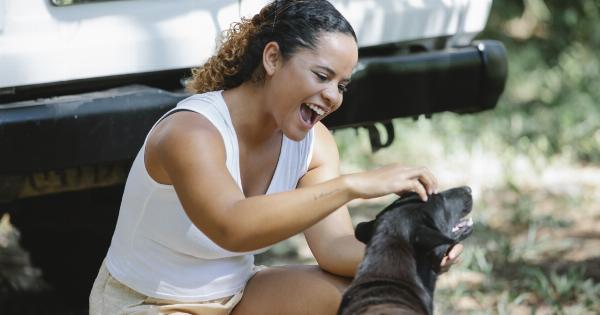Stroke is a debilitating medical condition that affects millions of people worldwide. It occurs when the blood supply to the brain is interrupted, leading to the death of brain cells and impairments in various bodily functions.
While the effects of a stroke can vary widely from person to person, the journey to recovery is often a long and challenging one.
The Road to Recovery
Stroke recovery is a complex and multifaceted process that requires time, patience, and a comprehensive rehabilitation plan.
The recovery timeline can differ significantly depending on the severity of the stroke, the area of the brain affected, and the individual’s overall health. However, research suggests that the first few months after a stroke are particularly vital for maximizing the chances of recovery.
Understanding the Acute Phase
The acute phase of stroke recovery refers to the initial weeks following a stroke. During this period, the focus is on stabilizing the patient’s condition and preventing further damage to the brain.
Medical intervention, such as thrombolysis or clot removal, is often necessary to restore blood flow to the affected area immediately. Rehabilitation may include physical, occupational, and speech therapy to address immediate impairments and prevent complications such as muscle stiffness or contractures.
Neuroplasticity and the Potential for Recovery
Neuroplasticity is the brain’s ability to reorganize and form new neural connections in response to injury, learning, or experiences. This phenomenon plays a crucial role in stroke recovery, particularly in the first few months.
During this time, the brain may undergo significant rewiring to compensate for the damaged areas and regain lost functions.
Immediate Goals in Stroke Rehabilitation
During the early stages of stroke recovery, healthcare professionals focus on achieving several critical goals:.
- Preventing secondary complications
- Minimizing physical impairments
- Improving functional abilities
- Enhancing independence and quality of life
Physical Rehabilitation
Physical rehabilitation is a cornerstone of stroke recovery and typically begins soon after the acute phase. It aims to improve mobility, strength, balance, and coordination.
Rehabilitation exercises might include passive or active range-of-motion activities, muscle strengthening exercises, and gait training. Physical therapists work closely with patients to develop personalized exercise programs that gradually increase in intensity and challenge.
Occupational Therapy
Occupational therapy focuses on helping stroke survivors regain independence and functionality in daily activities. These activities may include dressing, bathing, cooking, and grooming.
Occupational therapists evaluate patients’ cognitive, perceptual, and physical abilities and then develop strategies to improve or accommodate for any deficits. They may recommend adaptive devices or modifications to the home environment to enhance the individual’s safety and ease of daily living.
Speech and Language Therapy
Speech and language therapy addresses difficulties in speech, language, and swallowing that often occur following a stroke. Speech therapists conduct evaluations to identify specific impairments and then design individualized treatment plans.
Therapy may involve exercises to improve speech articulation, language comprehension, and expression. In cases of severe swallowing difficulties, therapists might recommend modified diets and swallowing techniques to prevent choking or aspiration.
Assistive Devices and Technologies
The use of assistive devices and technologies can significantly support stroke recovery and enhance the individual’s functional abilities.
Depending on the specific impairments, healthcare professionals may recommend devices such as walking aids, wheelchairs, or orthotics to improve mobility and stability. Technological advancements, such as robotic exoskeletons or virtual reality systems, are also increasingly being integrated into stroke rehabilitation to promote engagement and improve outcomes.
Emotional Support and Mental Well-being
Stroke recovery is not just physical; it also involves psychological and emotional healing. The first few months after a stroke can be emotionally challenging for both patients and their loved ones.
Depression, anxiety, and frustration are common experiences. Thus, stroke rehabilitation programs often incorporate counseling and psychological support to address these issues. Support groups and peer networks can offer valuable emotional support and provide a sense of community during this challenging period.
Long-Term Prognosis
The progress made during the first few months of stroke recovery can significantly influence the long-term prognosis.
Individuals who engage in early and intensive rehabilitation interventions tend to demonstrate better outcomes and functional independence. However, it is crucial to remember that stroke recovery is a lifelong journey, and ongoing therapy and support may be necessary to maintain and improve functionality in the months and years ahead.
Conclusion
The first few months after a stroke are undeniably crucial in the recovery process. It is during this time that the brain exhibits remarkable plasticity and can make significant strides in returning lost functionality.
With a comprehensive rehabilitation plan that includes physical, occupational, and speech therapy, as well as emotional support and assistive devices, stroke survivors have a greater chance of regaining their independence and improving their quality of life.






























